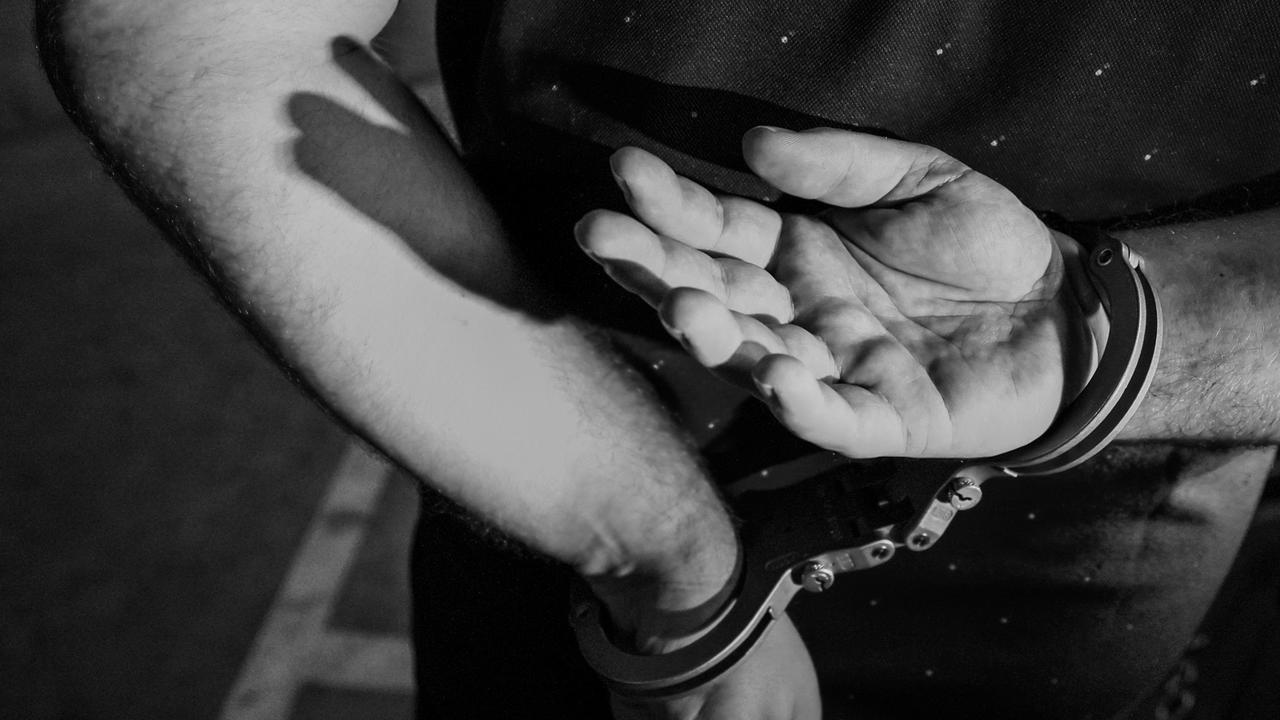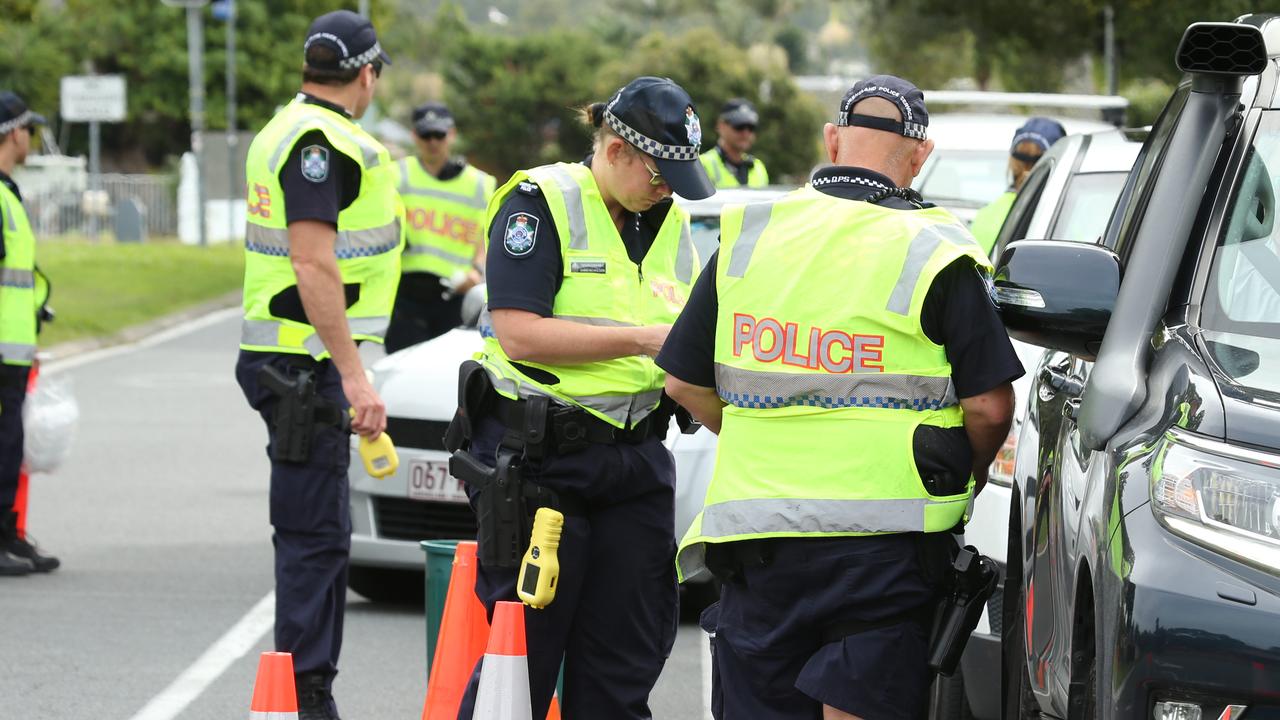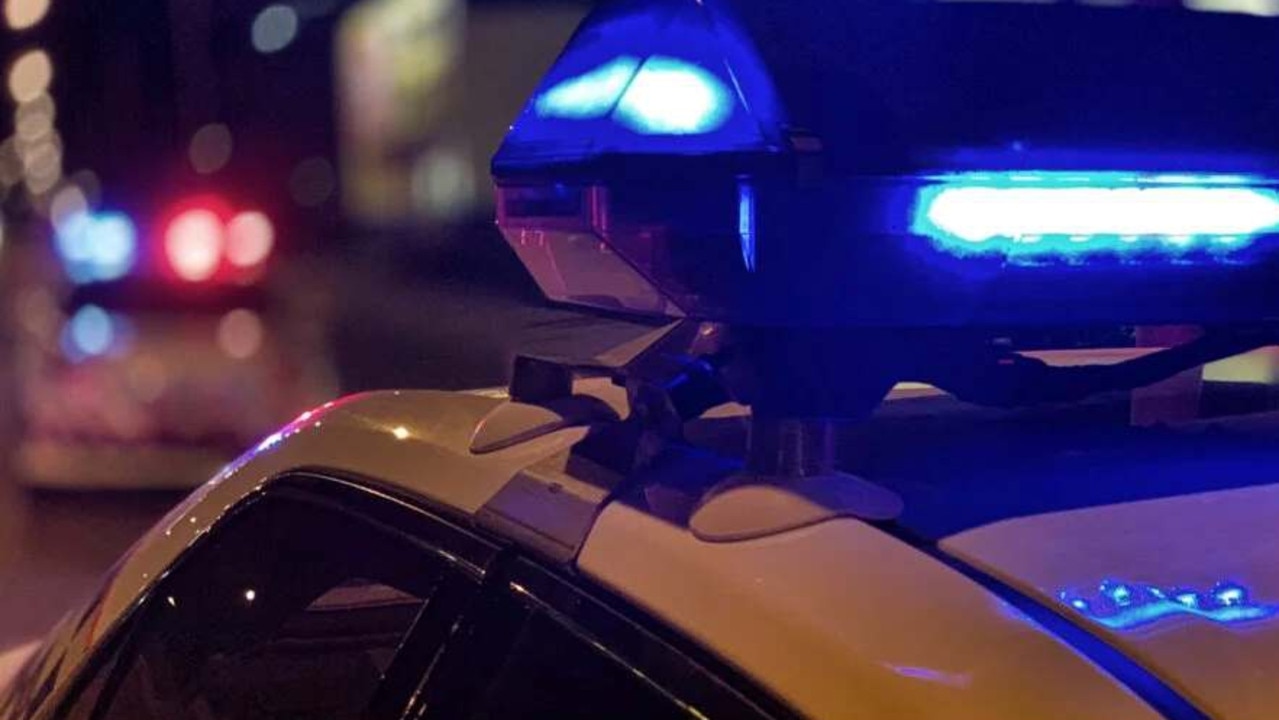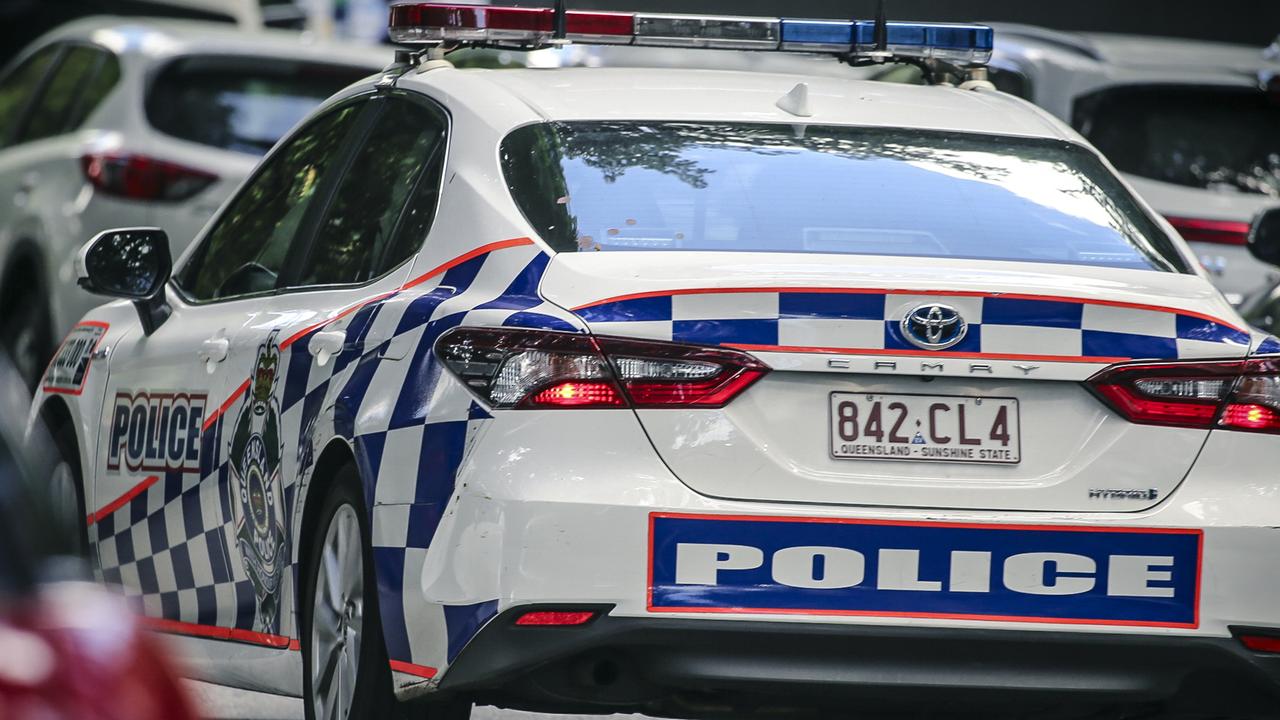Tesla yet to respond to questions about battery blaze at Genex Bouldercombe Battery Project
Telsa has not yet responded to questions put to it about the Tesla battery fire at the $60 million Bouldercombe Battery Project. UPDATES, NEW VIDEO

Police & Courts
Don't miss out on the headlines from Police & Courts. Followed categories will be added to My News.
Tesla has not yet responded to questions asked by this publication three days ago about the fire that destroyed its “megapack battery” at the $60 million Bouldercombe Battery Project near Rockhampton on Tuesday, September 26, including what might have sparked the blaze.
The Morning Bulletin asked the company on Friday whether it had inspected the battery or evaluated the damage.
The publication also asked if Tesla knew what started the fire, how long it would take for the battery to be replaced, and if it would set the project’s timeline back.
The company has not indicated it will be responding.
According to the Tesla website, the megapack batteries store energy “reliably and safely” for the grid, eliminating the need for gas peaker plants and helping to avoid outages.
“Megapack is one of the safest battery storage products of its kind. Units undergo extensive fire testing and include integrated safety systems, specialised monitoring software and 24/7 support,” the site states.
Five Queensland Fire and Emergency Services crews rushed to the site about 7.30pm on Tuesday after receiving reports of a fire.
QFES spokesperson firefighters were no longer at the site to oversee the battery as it burnt out as of Friday and were instead receiving updates from workers at the project run by Genex Power.
On Thursday, they had received an update from workers at the substation on Wednesday night saying the fire was “very subdued” and that there was still smoke coming from the battery.
QFES Acting Chief Superintendent Mark Halverson said letting the fire burn out was the safest approach when it came to lithium ion battery infrastructures.
On Thursday, Treasurer Cameron Dick said the government would investigate the fire through the Department of Energy and Public Works and they would also work with Genex Power to ensure the appropriate safety recommendations were in place.
“We will let the fire and emergency service do its response and recovery, then we will work with them to consider what action, if any, might be needed in the future,” he said.
“But it really depends on the nature of the fire, the reason for the fire as to whether any further action is required.
“We obviously have very strict regulations when it comes to energy generation, transmission and energy storage. But obviously we need to know the reasons for the fire first before we take any action.”
Police said the fire was believed to have started in a lithium battery storage unit and was causing hazardous smoke in the immediate area.
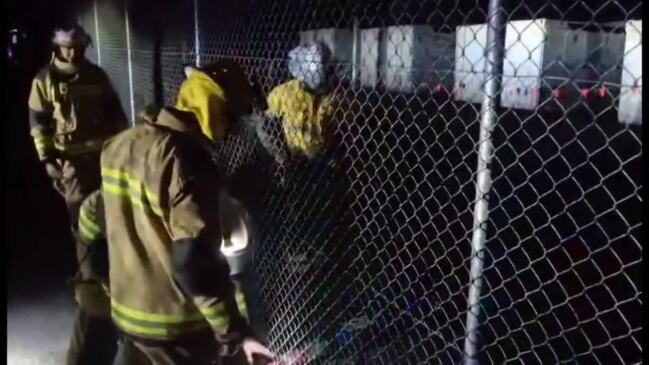
The fire came after Mackay learned it would be getting a new battery to connect to the supergrid. Other locations include Gordonvale and Kewarra in Cairns, Emerald, Mundubbera, Gladstone, Howard, Toowoomba, Raby Bay, Bribie Island, and Morayfield.
They follow batteries being installed at Bundaberg, Hervey Bay, Toowoomba, Townsville, and Yeppoon in Stage 1.
Mr Dick said he had “great confidence” in Queensland’s energy network.
“We have one of the most comprehensive energy networks in the world, “ he said.
“We have one of the largest, most distributed and strongest energy networks in the world. So we obviously pride ourselves on that, we of course have a government owned energy network in Queensland, that is supported by private sector investment as well.
“So we’ve got great confidence in our energy system, great confidence in energy generating companies, our transition companies, and I’ve got great confidence in our regulators.”
No one was on site at the time of the incident and the fire has been contained, according to Genex Power.
The company stated the fire had not impacted its process.
Genex Power said in an ASX statement no other Megapack modules have been impacted and the site has been disconnected from the grid.
“Genex is working with Tesla Motors Australia Pty Ltd and Consolidated Power Projects Pty Ltd to investigate the root cause of the incident,” according to the statement.
Ergon Energy said the facility was not theirs so it was unable to provide information on the fire.
But a spokerspon said: “The community can rest assured safety is always our top priority, from procurement and design to construction, installation and operation, including the 24/7 monitoring of our network assets in the distribution networks of Ergon Energy Network and Energex.
“We work closely with emergency services when they are working near any electrical assets, whether it is a substation, overhead powerlines or a battery. We also work closely with product manufacturers to ensure their products meet the highest safety standards.”
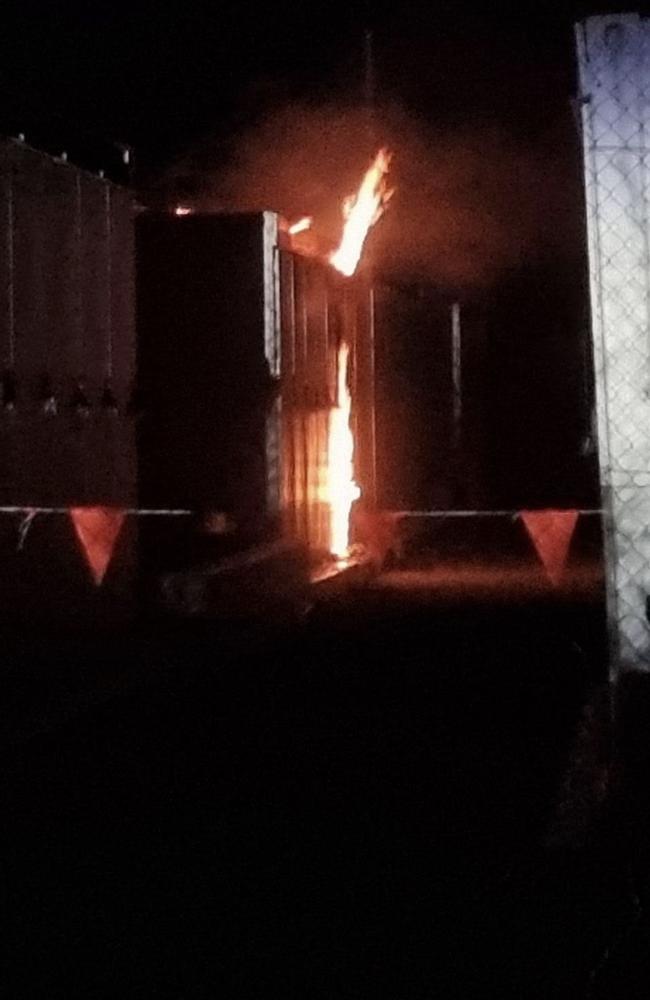
Firefighters said they would continue to monitor the situation as there are a large number of batteries on site and there is a possibility the fire may spread to other units, creating a larger hazard.
‘NEW ENERGY WORSE THAN OLD GRID’
Queensland Senator Matt Canavan has jumped on the Tesla fire, posting on Facebook: “A Tesla battery is on fire near Rockhampton and crews have been told not to put it out. Our new energy grid is worse than our old energy grid.”
It prompted plenty of comments against renewable energy including from Roy Hempseed who said: “This will make pink bats look like mild annoyance, way to go Labor on track for another massive failure.”
Johnelton Dugan accused Labor of ‘forcing us into an unreliable fickle weather controlled unreliable power supply but they are also forcing onto us unreliable and dangerous tech’.
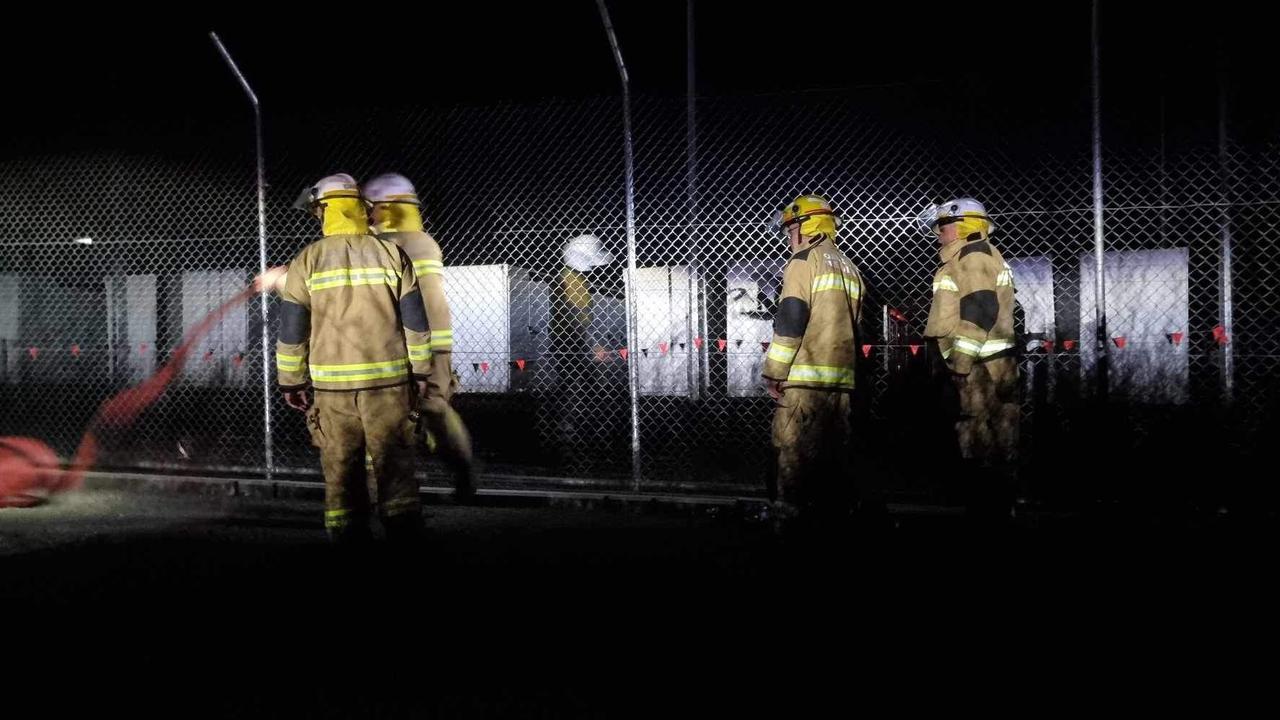
“For a nation such as ours what Labor is doing to us is bloody dangerous. Just wait until they install all the new super expensive national power grid just for a hopeful 20 per cent power availability that's reliant on hi-tech fire prone power storage.’’
According to Australian site EV Fire Safe, there have only been more than 390 verified battery fires across the world since 2010.
Even though batteries are way less energy dense than petrol, they generate their own oxygen when they burn. Fuel does not.
So, as long as the temperature is hot enough, the batteries can just keep reigniting unless you use thousands of litres of water to bring the temperature down to the point where that cannot happen.
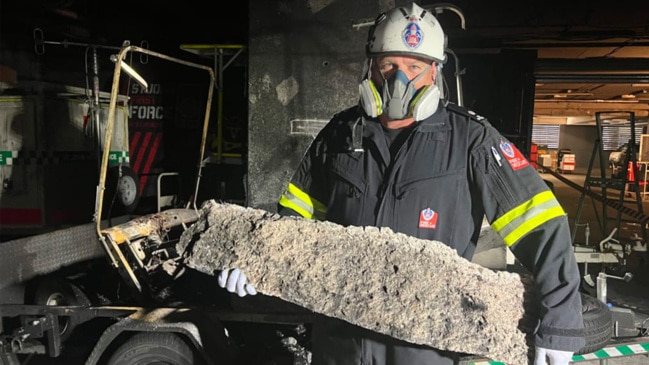
Nearby residents were urged to monitor QFES and police social media sites and be prepared for police to doorknock homes in the area if the situation worsens.
Wind, solar and storage company Genex Power turned on the storage facility – its first – in June of this year after Tesla supplied the 40 Megapack units in March.
The Bouldercombe Battery Project will be one of the first stand-alone large-scale Battery Energy Storage Systems (BESS) in Queensland and will connect to the adjacent Bouldercombe substation.
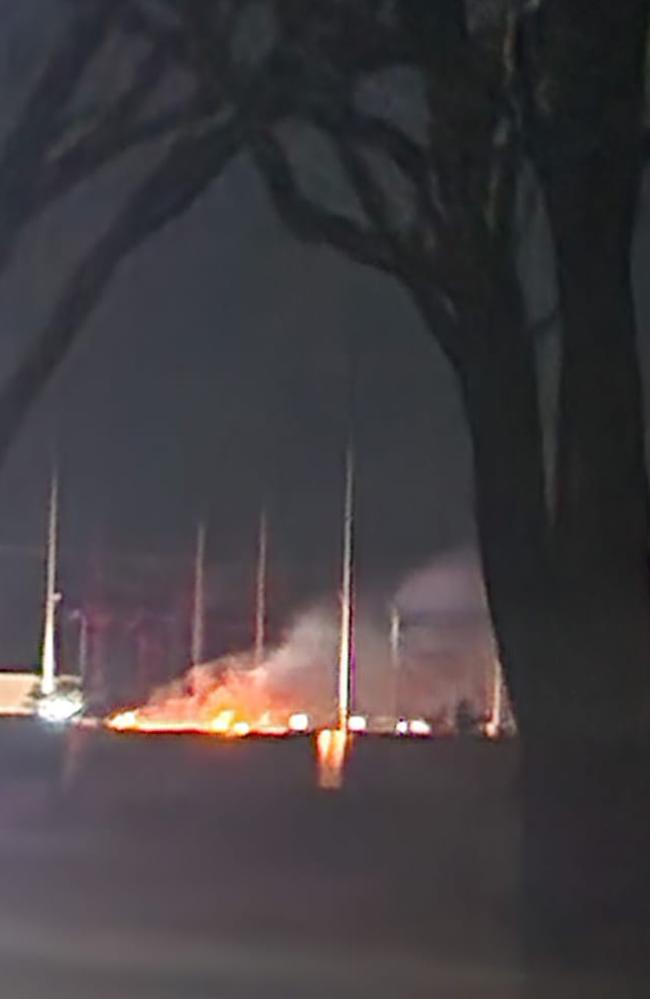
Fondly named “Big Bessie”, it has the potential to power 4000 properties, or the entire town of Gracemere or one quarter of the homes in Rockhampton, annually.
Genex Power said it turned on its first storage facility in June and energisation, the term for switching on infrastructure and connecting it to the grid, was the final milestone before the lengthy commissioning process set for October, in time for the summer demand peaks.
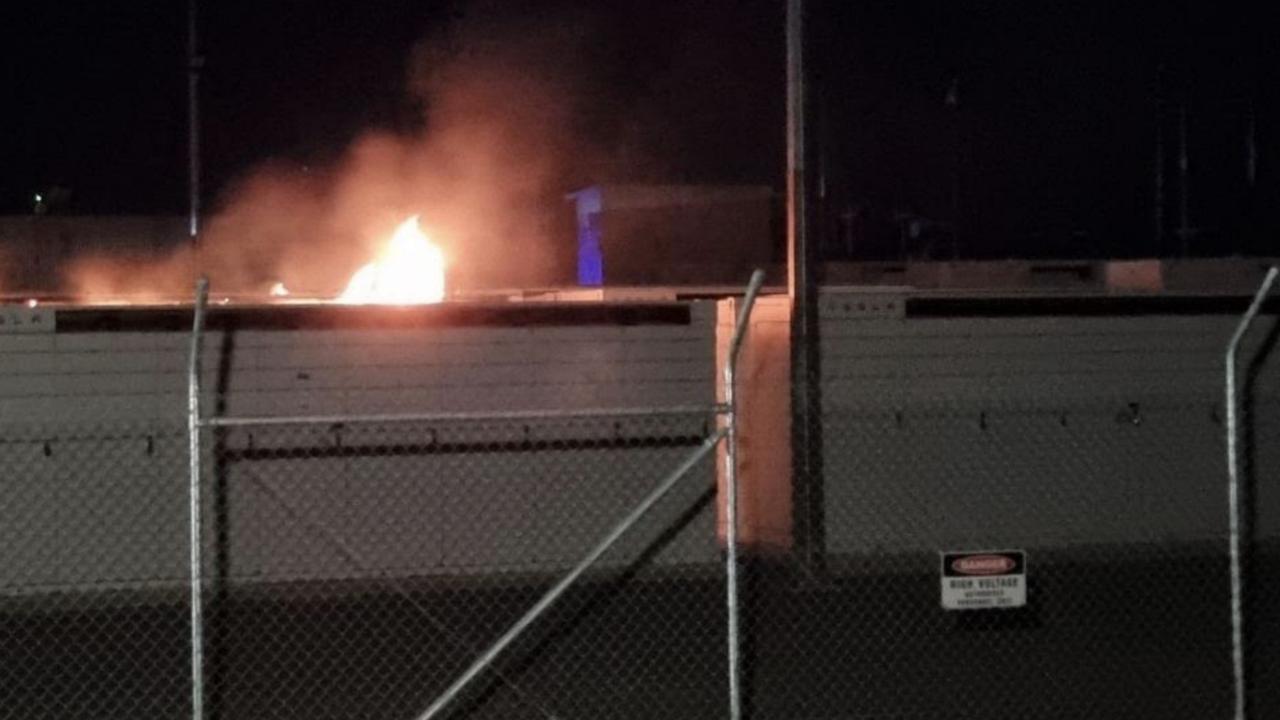
The two-hour Bouldercombe Battery will be focused on frequency control ancillary services (FCAS), maintaining electricity levels to avoid blackouts.
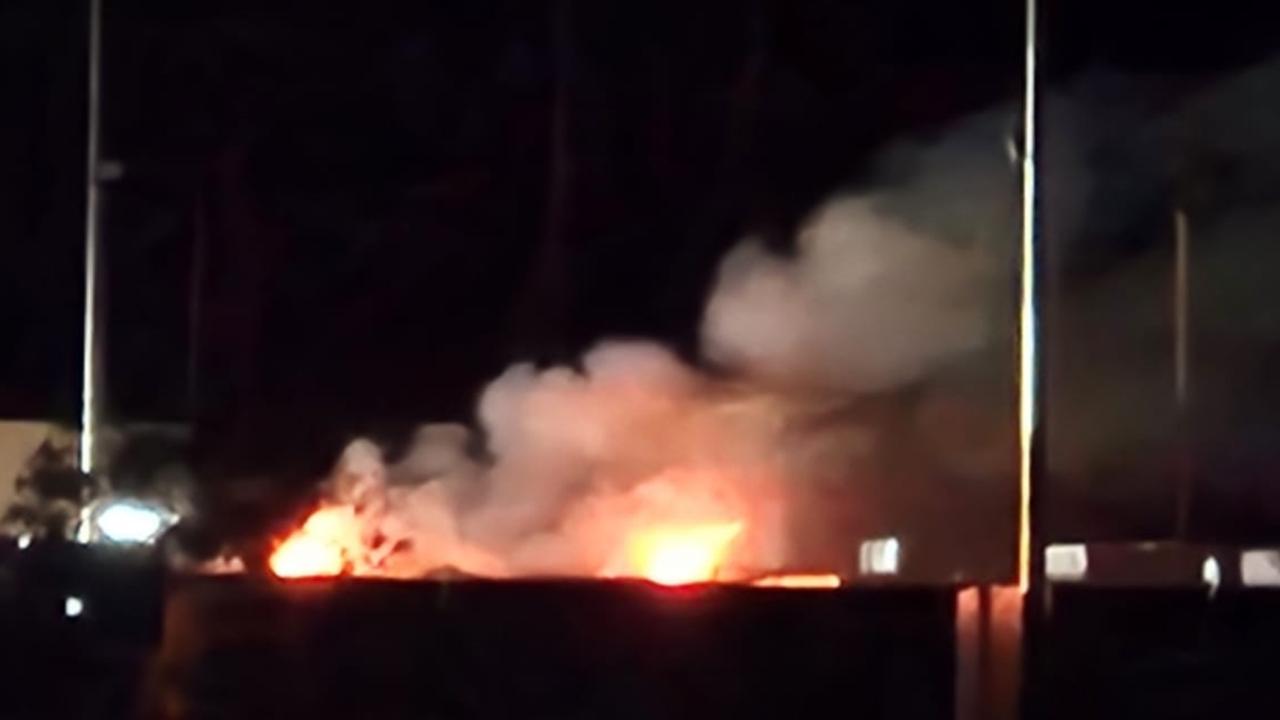
Genex Power stated it the project was nearing the end of its commissioning phase which is scheduled to be completed by the end of October 2023.
It will be the second utility scale battery to be opened in the state, following the Wandown South big battery that opened last year.
“Given the acceleration of the clean energy transition over the past 12 months, the successful connection of the project will support the further penetration of renewable energy in the state,” Genex CEO James Harding said in an earlier statement.
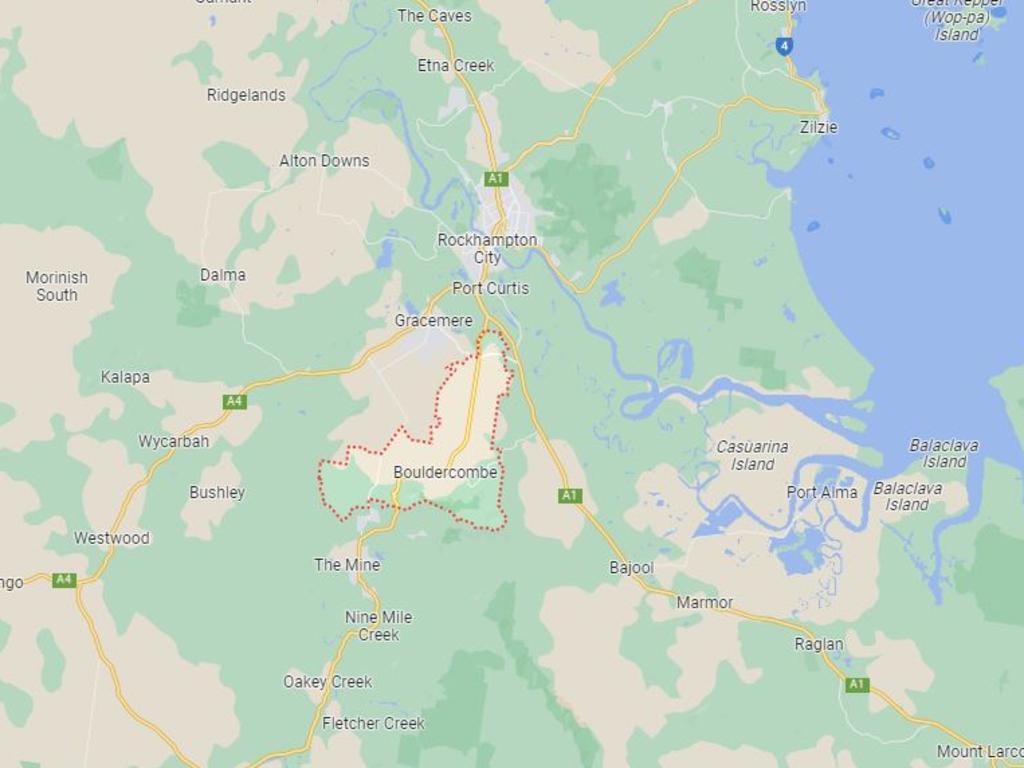
WHY TESLA BATTERY FIRES ARE SO HARD TO PUT OUT
Lithium battery fires are extremely rare, but are also hazardous to deal with.
“There’s been numerous studies done worldwide and in Australia around lithium ion batteries, and typically because they can store a large amount of energy in a small amount of space, a fire that does occur can last some time and that includes up to a number of days,” Act Chief Supt Halverson said.
“The best strategy typically is to let the fire burn itself out … attempting to extinguish a fire in a lithium ion battery may be successful, however there is a very high likelihood that reignition could occur and that could be anything from minutes, hours or days later.
“Because there’s a large amount of energy there, while some of that energy remains, and there will by the kind of chemistry involved in those batteries or battery packs, there’s always likely there will be some energy remaining and heat contained within the device, so you have that high likelihood of reignition.
“Reignition becomes problematic and uncertain.”
Act Chief Supt Halverson said firefighters would remain onsite until they were assured the device would not reignite.
“All fires result in QFES taking appropriate action and remaining onsite until there’s an assurance the fire won’t reignite and will be completely out, all fires are also investigated to determine the source or reasoning the fire occurred,” he said.
“Quite importantly they will take learnings from that fire so that, moving forward, we can evolve the strategies that are used to mitigate the risk.”
According to Australian site EV FireSafe, when a EV battery pack goes into thermal runaway, toxic and flammable gases are vented from the lithium ion battery cells.
In some cases, primarily in enclosed spaces, the gases form a large vapour cloud.
Around 700L of gases are released for every 1kWh of battery capacity.
“When there is a point of ignition, such as an overheating battery cell, the vapour cloud does one of two things; around 90% of the time, the gases ignite quickly but not explosively, sucking back the vapours as they burn; or the gases explode, instantly propagating combustion at subsonic speeds, driven by heat transfer,’’ the site says.
Both pose significant risks to emergency responders, as they may happen rapidly.
In NSW, firefighters have responded to more than 100 lithium-ion battery fires this year but the bulk of the fires involved portable batteries, e-scooters and e-bikes, the ABC has reported.
More Coverage
Originally published as Tesla yet to respond to questions about battery blaze at Genex Bouldercombe Battery Project





